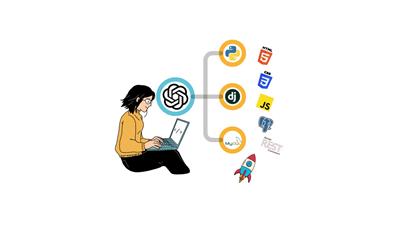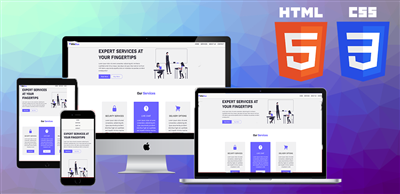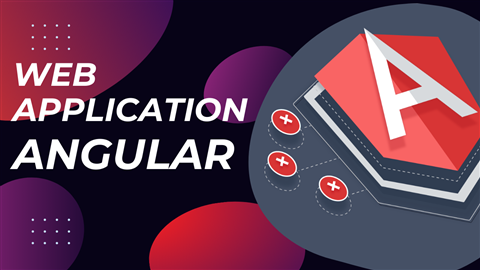
Master CSS: Comprehensive Courses to Create Stunning and Responsive Web Designs
Welcome to our in-depth CSS course, designed to take you from a novice to an expert in cascading style sheets, a crucial tool for creating visually stunning and responsive websites. This course is perfect for anyone looking to enhance their web development skills and create professional-quality web designs.
Course Overview
CSS (Cascading Style Sheets) is the cornerstone of web design, allowing developers to control the look and feel of websites. Our comprehensive course covers everything from the basics to advanced techniques, ensuring you gain a deep understanding of CSS and its capabilities. With a focus on practical application, you’ll build beautiful and responsive web pages that impress.
What You'll Learn
Introduction to CSS:
- Understanding what CSS is and how it works with HTML.
- Setting up your development environment.
- Basic syntax, selectors, and properties.
Styling Text:
- Font properties and text formatting.
- Working with text alignment, spacing, and decoration.
- Applying custom fonts and web fonts.
Colors and Backgrounds:
- Setting colors with names, HEX, RGB, and HSL.
- Using gradients and background images.
- Creating visually appealing backgrounds.
Box Model:
- Understanding the box model: margin, border, padding, and content.
- Applying and manipulating box model properties.
- Creating complex layouts with the box model.
Layouts:
- Using display properties: block, inline, and inline-block.
- Positioning elements with static, relative, absolute, and fixed positioning.
- Creating flexible layouts with float and clear.
Flexbox:
- Understanding the Flexbox model.
- Creating responsive layouts with Flexbox.
- Aligning and distributing space among items in a container.
Grid Layout:
- Introduction to CSS Grid.
- Building complex, responsive layouts with Grid.
- Combining Flexbox and Grid for advanced designs.
Responsive Design:
- Using media queries to create responsive designs.
- Building mobile-first websites.
- Adapting layouts for different devices and screen sizes.
Transitions and Animations:
- Adding transitions for smooth visual effects.
- Creating keyframe animations.
- Enhancing user experience with animations.
Advanced Techniques:
- CSS Variables and custom properties.
- Using preprocessors like SASS and LESS.
- Implementing best practices for maintainable CSS.
Project Work:
- Building real-world projects to apply your knowledge.
- Creating a professional portfolio to showcase your skills.
- Collaborating on code and using version control systems like Git.
Course Benefits
- Interactive Learning: Our course is designed to be engaging and hands-on. You’ll work on real projects that help you understand concepts better and build a portfolio to showcase your skills.
- Expert Instructors: Learn from industry professionals with years of experience in web design and development. Gain insights, tips, and guidance from experts.
- Community Support: Join a community of like-minded learners. Share your progress, ask questions, and get feedback from peers and instructors.
- Flexible Schedule: Learn at your own pace with our self-paced modules. Whether you’re a full-time student, a working professional, or just looking to expand your skills, our course is designed to fit into your busy schedule.
- Career Advancement: CSS is an essential skill for web developers and designers. Our course will prepare you for roles such as front-end developer, UI/UX designer, and more.
Enrollment and Access
Enrolling in our CSS course is easy. Simply visit our website, create an account, and sign up for the course. Once enrolled, you’ll have lifetime access to all course materials, including video lectures, coding exercises, quizzes, and projects. You can also download resources and revisit them anytime to reinforce your learning.
Conclusion
Our CSS course is more than just a series of lessons – it’s a complete learning experience designed to equip you with the skills and knowledge you need to succeed in web design and development. Join us today and take the first step towards becoming a CSS expert. Transform your web development skills and create visually stunning, responsive websites that stand out.










